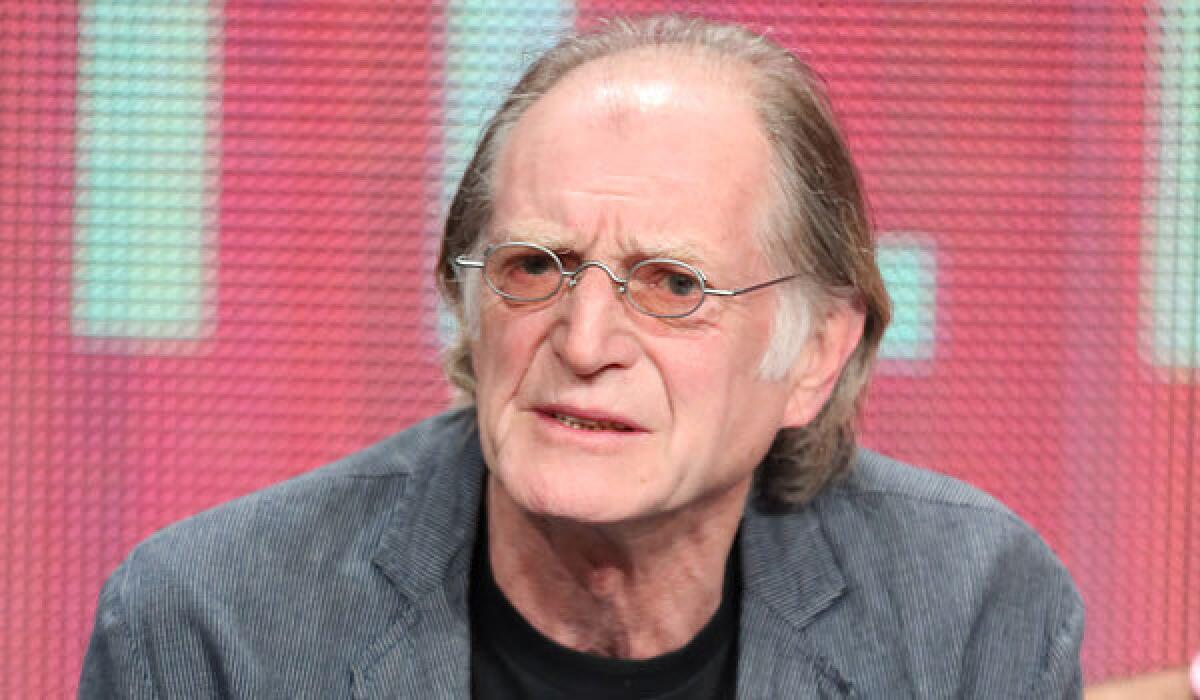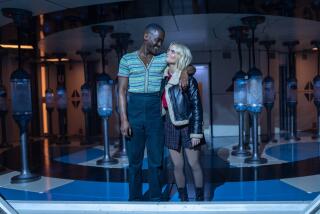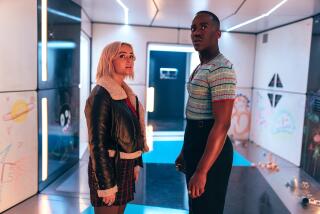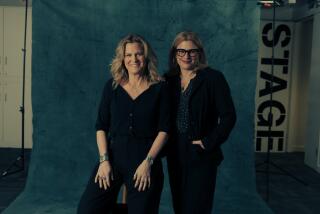TCA press tour: ‘Adventure in Space and Time’ reboots ‘Doctor Who’

The first episodes of BBC’s long-running science fiction classic “Doctor Who” were low budget and troubled, but the show persisted thanks to producer Verity Lambert’s passion and star William Hartnell’s dedication to doing his best work in the role of the mysterious alien Doctor.
It turns out, “An Adventure in Space and Time,” a BBC America TV movie about the creation of the series, suffered from some of the same limitations the original did.
“We didn’t have a great budget,” director Terry McDonough told the press at BBC America’s TCA panel on Thursday morning. “We only had 20 days to shoot it and one camera. We pulled in favors left, right and center. A lot of the favors came from people who were big fans of the show. It was a big part of their childhood.”
In the fllm, David Bradley, known to many people as the villainous Walder Frey from HBO’s “Game of Thrones,” plays Hartnell, the British character actor who had been typecast as a gruff military type until he had the chance to remake his image as the slightly whimsical, slightly stern Doctor.
“He was absolutely delightful, but he had his funny days,” Bradley said. “Mark Gatiss, [the screenwriter] brought out the complex nature of the man in the film. He doesn’t sentimentalize his life. It shows all sides of him. It’s always good to play someone with lots of secrets.
Hartnell played the role for three seasons, from 1963 to 1966, before the noticeable deterioration from his arteriosclerosis made it impossible to play the role as well as he wanted. Rather than cancel the series, producers came up with the unique notion of having the character “regenerate” into a different form -- and a different actor. Thus, Hartnell gave way to Patrick Troughton, and the secret of “Doctor Who’s” longevity was perfected.
McDonough said the plan for the film, which will air in November on the 50th anniversary of the Doctor’s first adventures, was to make it appear like a film that had been shot in the ‘60s but was just being seen now.
PHOTOS: Hollywood Backlot moments
The first-year “Doctor Who” sets were constructed from the original blueprints, but with brighter colors, so that when the film was in post-production they desaturated the images to give it the Technicolor look of ‘60s film. A film grain was also added in post-production and re-created footage of the series was shot with the original ‘60s-era TV cameras.
On top of the budget limitations, there were the limitations of TV in general at that time, which didn’t have time for multiple takes or refined film work.
“I think it would have been terrifying,” Bradley said. “It was virtually live TV. Only four times per episode could they stop the tape.”
Those limitations aside, the show found a way to continue and thrive.
“They made a show that wasn’t necessarily for children, but they aired it in a children’s time slot,” McDonough said. “And kids really responded to that.”
ALSO:
Chuck Norris’ ‘Walker, Texas Ranger’ house is for sale
TCA press tour: Matt Smith rethinks his ‘Doctor Who’ departure
Oprah Winfrey returning to David Letterman’s ‘Late Show’ after 8 years
More to Read
The complete guide to home viewing
Get Screen Gab for everything about the TV shows and streaming movies everyone’s talking about.
You may occasionally receive promotional content from the Los Angeles Times.







